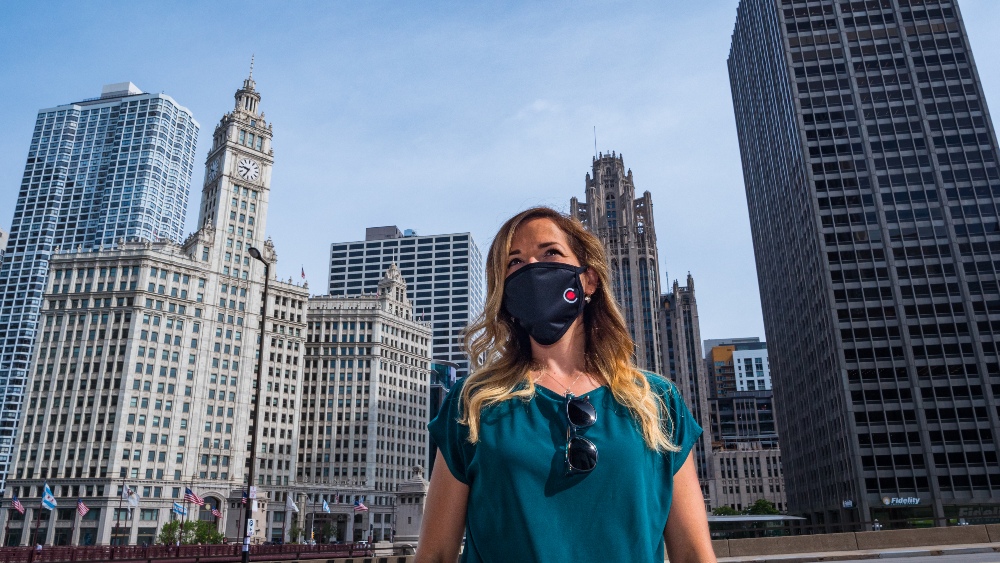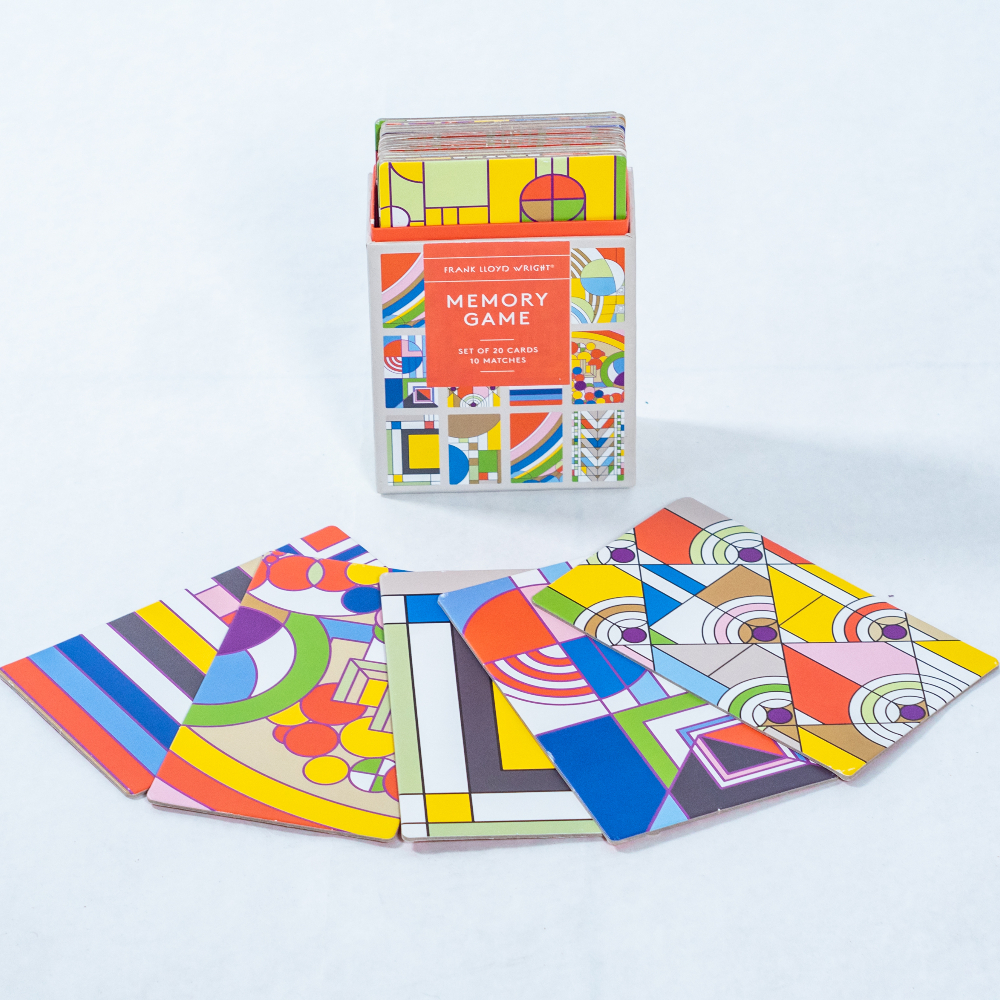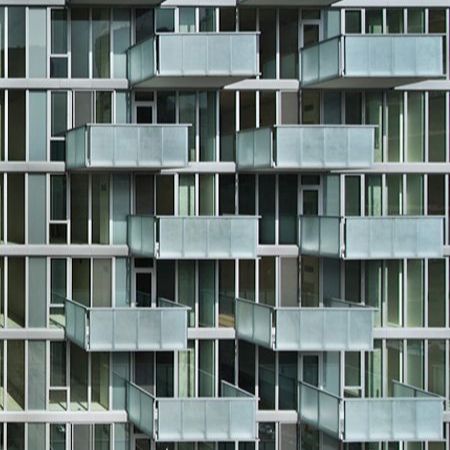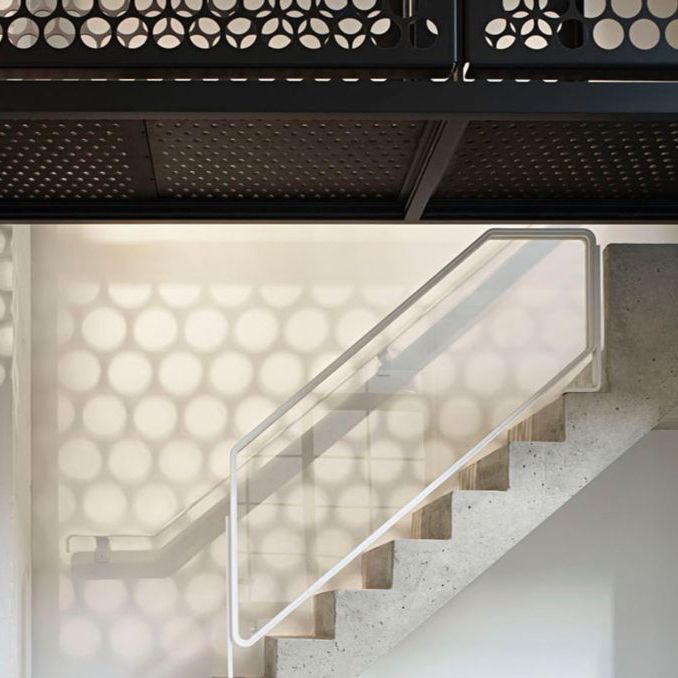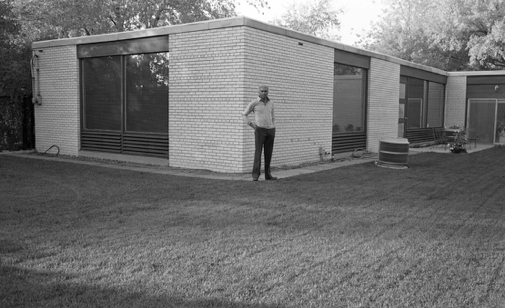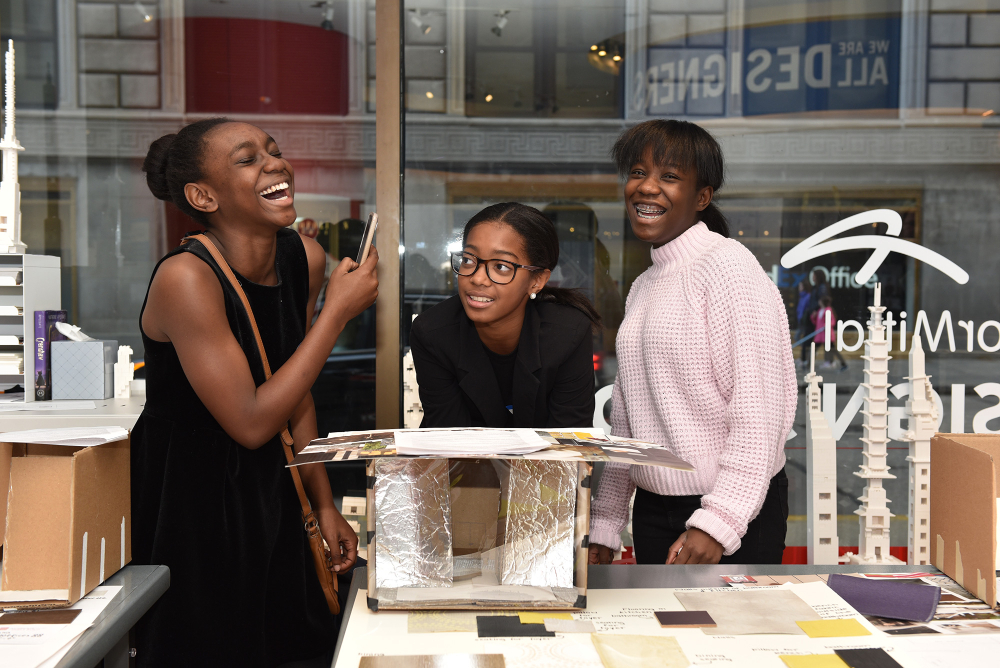Exclusive discounts, walking tour updates and a series you won't want to miss
FEBRUARY 23, 2021 • ISSUE 31
Form and Composition
Tuesday, March 2 at 6pm
A well-thought-through design makes its statement simply, seemingly without effort, yet demands deep knowledge about the nature of shapes and how they interact. Learn more about the ability to focus the visitor’s attention with precision.

What do you enjoy about the CAC’s programs?
The opportunity to learn, to be challenged and to be inspired.
What is your favorite fact or topic you have learned from the CAC’s programs?
Learning about the bridge at State and Wacker—the Bataan Corregidor Memorial Bridge—on the Art Deco walking tour.
What is something getting you through the pandemic that you’d recommend to other CAC members?
Taking walks and exploring Chicago’s parks. Watching Never Have I Ever on Netflix. Listening to music and dancing. Going to the CAC’s virtual tours and lectures.
The Chicago Architecture Center mourns the recent passing of architect and preservationist James L. Nagle. Nagle was a founding member of the CAC/CAF connected to his efforts to restore Glessner House, and he remained a cherished part of the CAC family.
In the 1970s, Nagle joined a group of rebel architects dubbed "The Chicago Seven." Their provocative exhibitions threw a wrench in modernist orthodoxy and helped usher in a new postmodern design ethic.
Nagle has a long lineage in local architectural practice. He first joined Stanley Tigerman in his then three-person firm, striking out with Larry Booth a year later to found Booth & Nagle Architects, which became Nagle Hartray & Associates in 1966. The warmth of Nagle’s craft is notably evident in his many home designs, his 1989 Greyhound Bus Terminal and the curved saw-tooth form of Kinzie Park condo tower. Read more about Nagle’s life and work in the Architect's Newspaper and Crain's Chicago Business.


